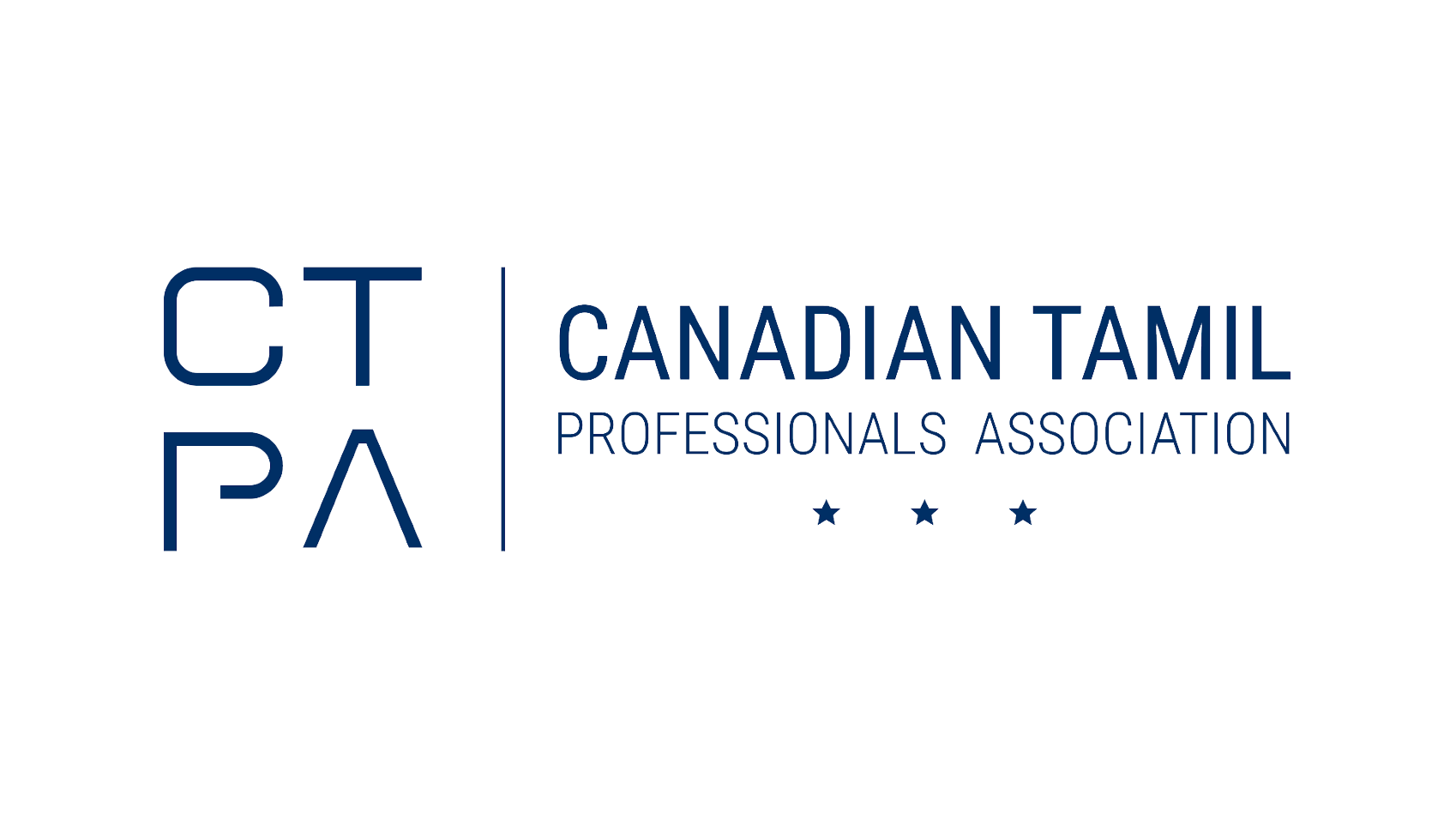Do you feel like you have applied to hundreds of jobs, but aren’t hearing back from prospective employers?
Are you feeling hesitant and lacking confidence in your applications, when you click the Apply button?
Maybe it is time to re-strategize.
When it comes time to applying for jobs, it is important that you start with a strong resume. Cover letters are equally as important, which we will delve into further detail in a future blog post.
This article will get you through phase one of the recruitment process using your resume as a tool. It will also give you a higher chance to score that dream job!
Often times when people job hunt, the focus is on applying to as many jobs as possible in a day. However, the best approach is to strategically apply to the jobs that you actually want and have the required qualifications.
I’ve created a step-by-step guide below to ensure that you are producing quality applications to lead you towards your dream job.
Step 1: What do YOU bring to the table?
When applying for jobs, you need to be confident in your own skills and abilities. In order for companies to believe in you, you need to believe in yourself and your own skills.
A good way to navigate this is to write down what your own career goals are and what your ideal role looks like.
In addition, write down the skills (technical/soft skills), knowledge and qualifications that you have attained. This will give you more confidence in what you bring to the table.
Step 2: What are You looking for?
Look for jobs that you actually want.
Start by writing down the types of roles that interest you, as well as the industries that you see yourself getting into. Also, note down the skills that you desire to gain.
For example, you can write out your goal using the following statement:
I am looking to gain experience in the Digital Marketing field. I would love to receive experience in the not-for-profit sector. It would be ideal if I could increase my skills in Adobe Photoshop.
This statement will give you a sense of direction when searching for a job. It will help narrow down your search to positions that you are genuinely interested in.
Step 3: Analyze the Job Description and Qualifications
When you find a job that you like, read, re-read and thoroughly analyze the job description and key qualifications.
Highlight the key qualifications and skills, so when modifying your resume, you can go back to these points.
Step 4: Research!
Research the companies and the fields that you are looking to enter. Conducting research will give you a competitive edge.
Start off by researching the company you are interested in. Look through their website and take note of their Mission and Vision statements.
In addition, take a look at their social media pages (LinkedIn, Instagram, Facebook). Write down any ideas, interesting concepts that you found and that you can incorporate into your profile.
This will allow you to write a better resume, cover letter and ace your future interview.
Step 5: Modify your resume
Now, it’s time to prove that you are the ideal candidate!
Use the information you found through your research as well as your analysis of the job posting to create the best application.
Start off by incorporating the key skills and qualifications listed in the job posting. Prove how you have applied them in your previous experiences.
Focus on the key skills and qualifications that you do have, and provide examples of how you have applied these throughout your resume. Allow your resume to tell the story that the recruiter is looking for.
Although this step is time consuming, it is extremely important to modify your application for every single job application. Yes, every single one!
Step 6: Apply!
Once you are 100% confident in your application, apply and hope for the best!
Step 7: Track your applications, and Seek feedback
Whenever you apply for a job, it is a good habit to track your applications. This will allow you to manage your applications and be aware of which jobs you want to receive a response from.
It is also a good practice to ask for feedback from the professionals involved in the recruitment process. By doing this, you can gain insight on areas that you can improve upon.
If you follow this step-by-step guide, you will see that applying for jobs isn’t always a pain! Instead, focus your energy on creating the best applications for your ideal job.
Eventually, your application will get stronger over time. This will lead you one step closer towards gaining your dream job.
Good luck and happy applying!
Written by: Dula Vigneswaran

